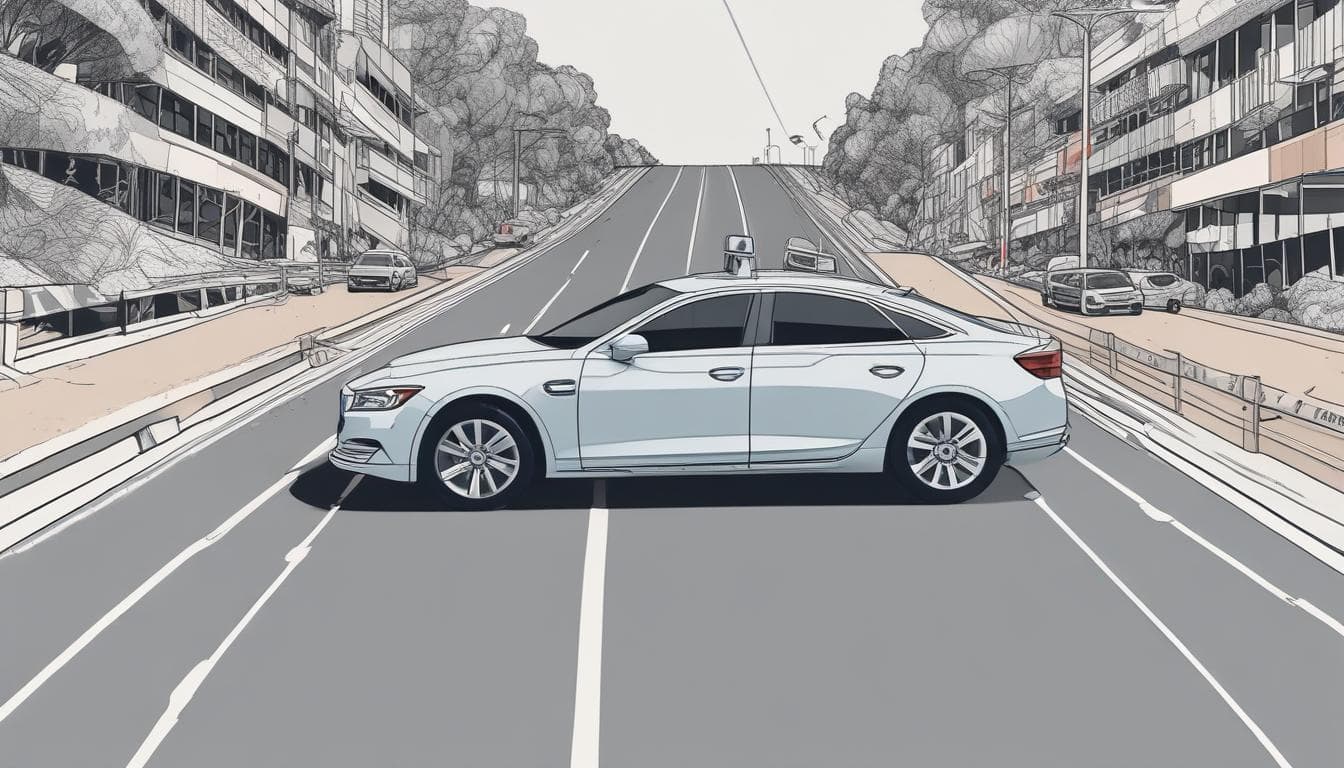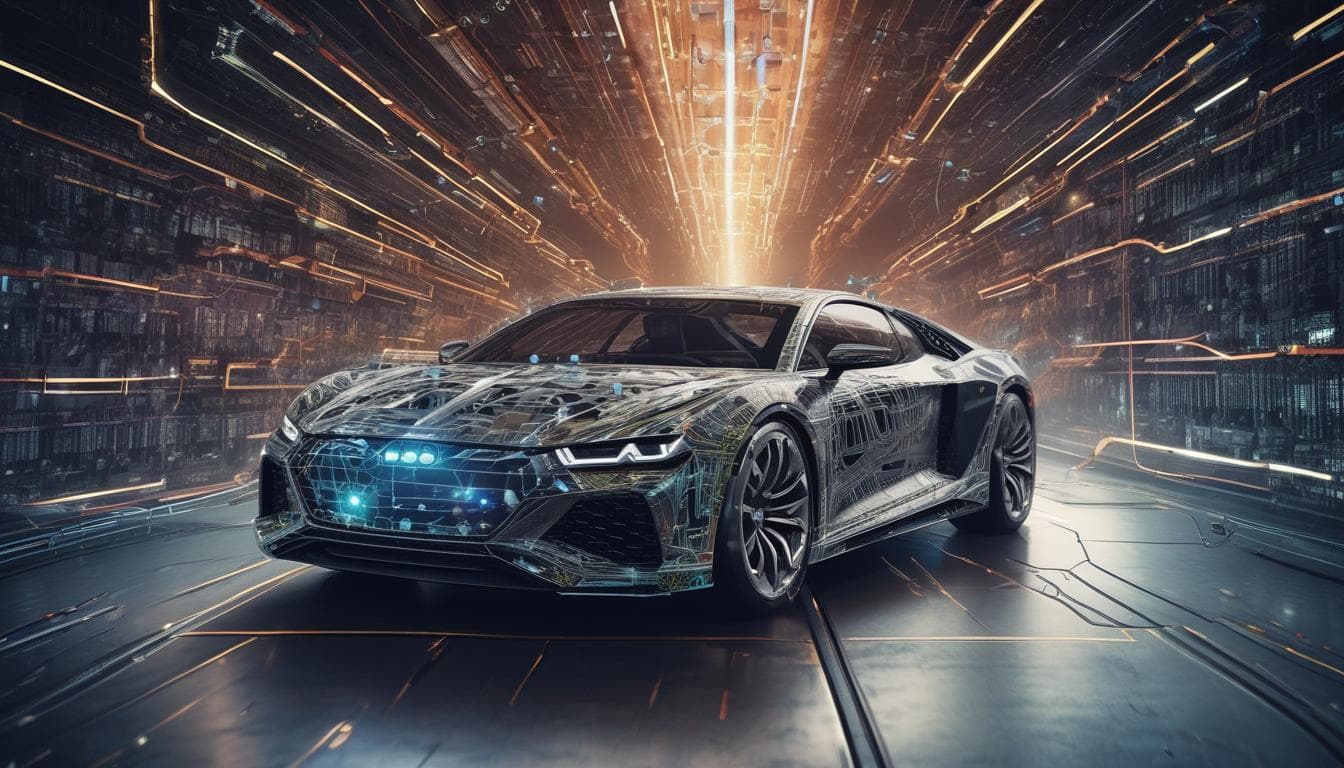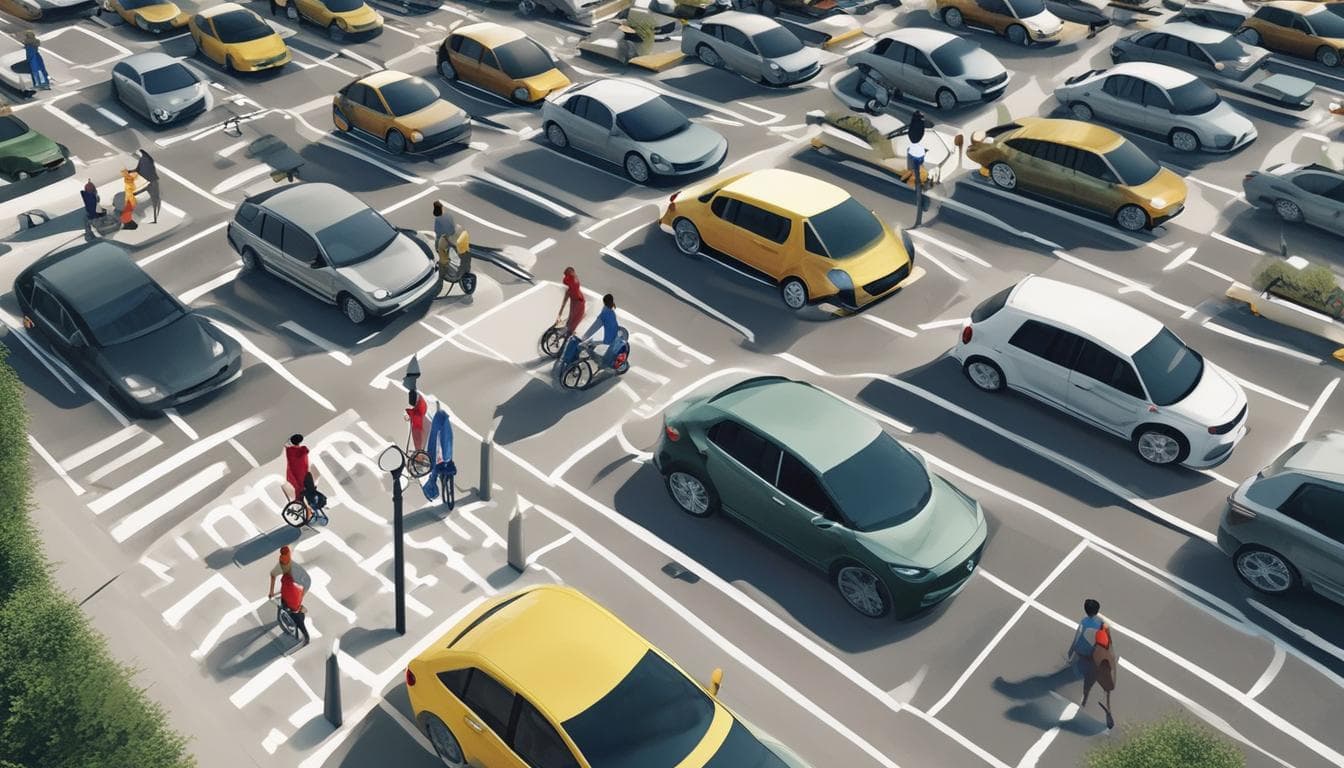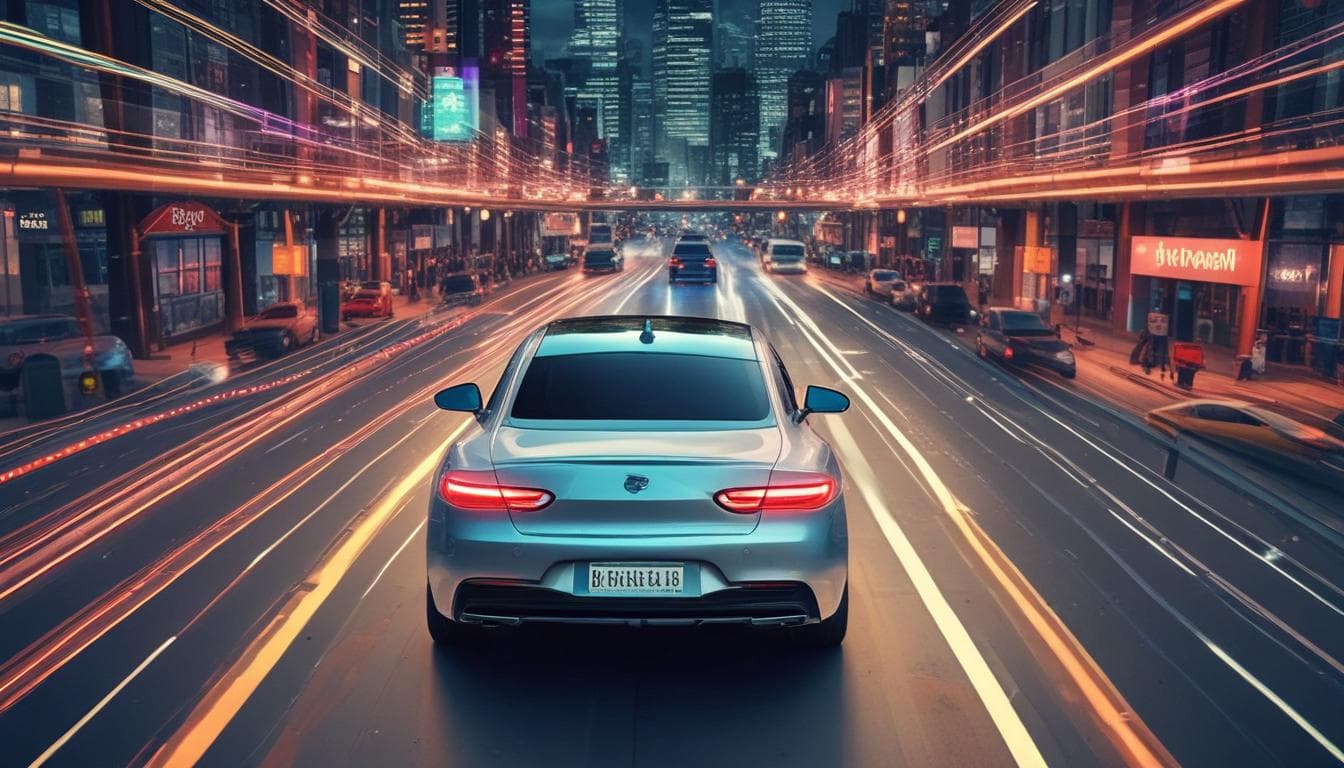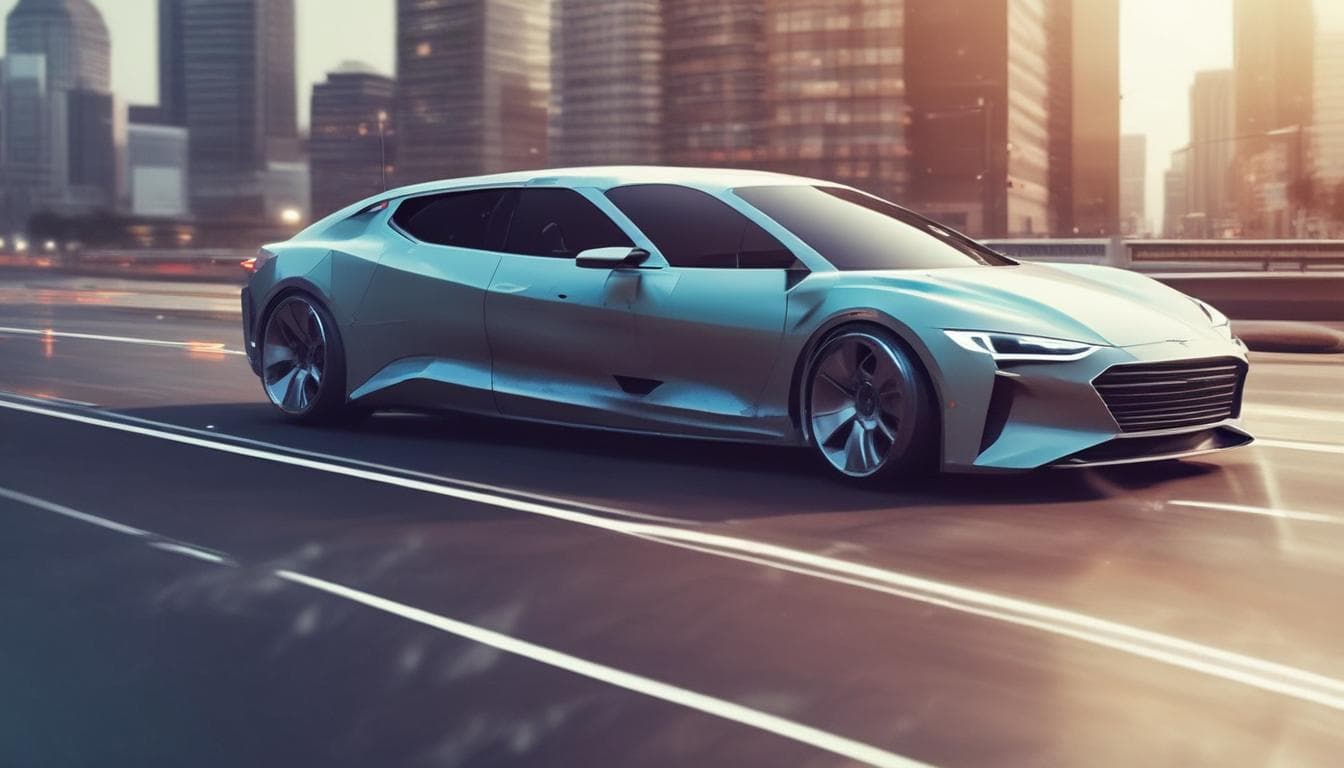With the increasing integration of AI in vehicles, how do you envision the future of automotive cybersecurity evolving? What innovative security measures will be necessary to protect not only our data, but also the physical safety of drivers and passengers from potential cyber threats?
That's a crucial question, and it's clear that automotive cybersecurity will be radically different in the age of AI. The stakes are much higher now, going beyond just data breaches to potentially impacting physical safety. Here’s how I see it evolving:
The Challenge of AI-Driven Vehicles
- Increased Attack Surface: With more AI integration, the attack surface expands significantly. Every sensor, every connection, every algorithm becomes a potential entry point for malicious actors.
- Sophisticated Threats: We'll likely see more advanced, AI-powered cyberattacks that can learn and adapt, making traditional security measures less effective.
- Real-Time Vulnerabilities: Unlike traditional software, autonomous systems require real-time security monitoring and response, as even a brief compromise could have serious consequences.
Innovative Security Measures
- AI-Powered Intrusion Detection: Just as AI is used in attacks, it can also be used for defense. AI can detect anomalies in system behavior far faster and more accurately than humans or traditional systems. This includes real-time analysis of sensor data, network traffic, and code execution.
- Zero-Trust Architecture: Moving away from the idea that anything inside the vehicle’s network is inherently safe, we’ll need a zero-trust model where every component, user, and connection is verified before access is granted. This means micro-segmentation and strong authentication.
- Secure Over-the-Air (OTA) Updates: Regular software updates are essential for patching vulnerabilities, but these updates themselves need to be secure. Think of end-to-end encryption and integrity checks to prevent malicious code from being injected.
- Hardware-Based Security: Moving crucial security functions down to the hardware level makes it far more resistant to software attacks. This could include trusted platform modules (TPMs) and secure boot processes.
- Blockchain for Data Integrity: Blockchain technology can ensure that data from sensors and other components is tamper-proof, offering a reliable way to verify the integrity of the system's state. You can explore how blockchain is revolutionizing the automotive industry to learn more about this.
- Ethical Hacking & Penetration Testing: Regularly subjecting systems to rigorous penetration testing by ethical hackers will be crucial for identifying and fixing vulnerabilities before malicious actors can exploit them.
- Collaborative Security: The automotive industry needs to share threat intelligence and best practices to create a robust and coordinated defense against cyber threats. The convergence of EVs and IoT further complicates the security landscape and requires a unified approach.
The Human Element
- Driver Education: Drivers need to be educated on the risks of cyberattacks and how to spot potential threats. This includes avoiding suspicious devices and connections.
- Clear Communication: Manufacturers need to be transparent about the security measures they are taking and any potential risks. Open communication will build trust and allow drivers to be informed.
In conclusion, automotive cybersecurity in the age of AI will be a complex and constantly evolving challenge. It requires a multi-layered approach combining AI-driven security, robust architecture, and a proactive security culture. The future of driving, and in particular, the evolution and impact of advanced driver-assistance systems (ADAS) will depend on how well we address these challenges.
探索更多相关内容
加入讨论
- 未来汽车:移动的个人艺术馆——探索驾驶体验的艺术升华
探讨未来汽车如何融合数字艺术、氛围灯光、互动体验等,成为“移动的个人艺术馆”。分享您对个性化“移动艺术空间”的创意,以及这种结合对汽车设计、文化和出行方式的深远影响。这是否预示着一个将驾驶体验提升至艺术欣赏层面的全新汽车时代的到来?
- 未来十年,汽车能否成为真正的“移动之家”?
探讨未来十年汽车发展趋势,除了自动驾驶和电动化,还有哪些科技进步能让汽车成为更舒适、智能和娱乐的移动空间?如何改变我们的出行和生活?
- 未来十年,汽车将如何变革为“移动智能终端”?
探讨未来十年汽车行业的发展趋势,聚焦自动驾驶、电动化和人工智能技术对车内体验的重塑,例如个性化娱乐、智能助手和虚拟现实交互等。分析哪些AI技术最具潜力,以及这些技术带来的挑战和机遇。

